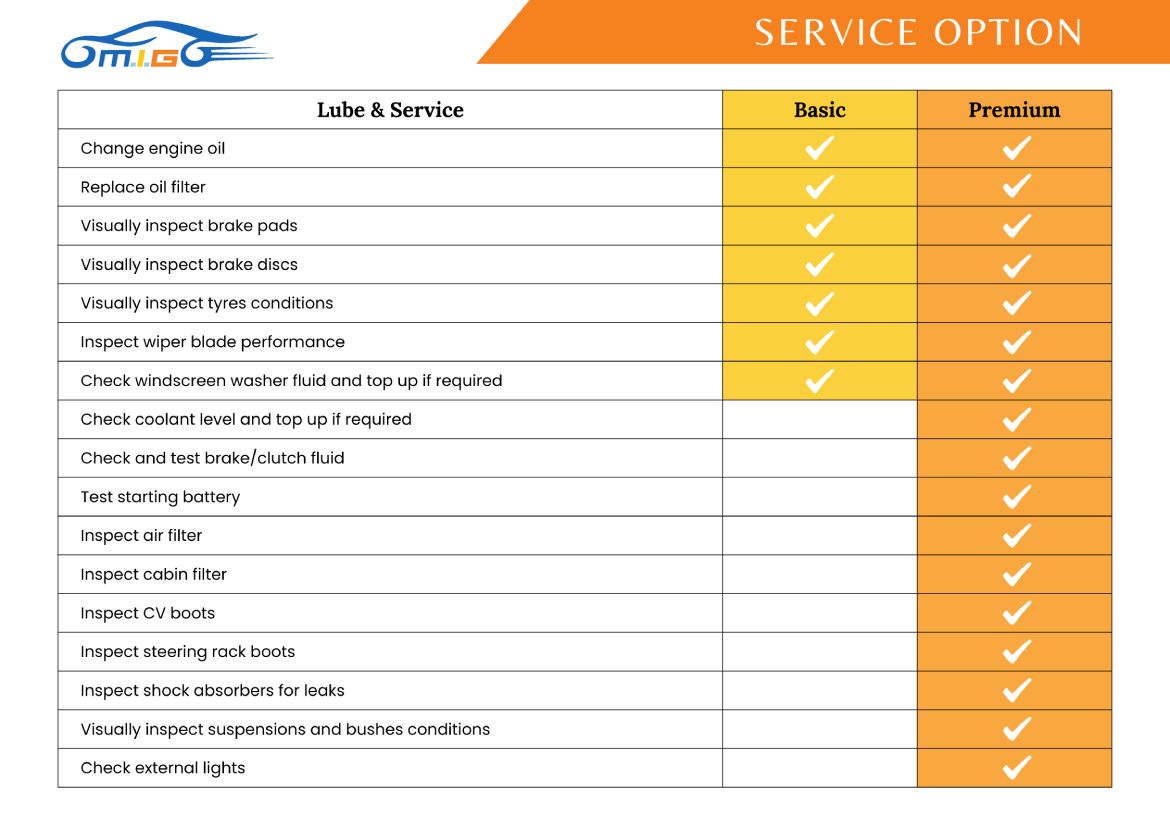Winter in New Zealand is nothing short of magical. Whether you're heading to Queenstown for skiing, hiking in Wanaka, or chasing the snowy peaks of Mount Cook, driving into the mountains is part of the experience. And while 4WD/AWD vehicles are more stable and safer in snowy conditions, the reality is that most cars in New Zealand are 2WD.
So, does that mean you can’t go to the snow if your car isn’t four-wheel drive? Not at all. But it does mean you need to be fully prepared, follow local road rules, and understand how to drive safely in alpine conditions.
1. Why Do 2WD Vehicles Need Snow Chains?
🔗 What Are Snow Chains, and Why Are They Important?
Snow chains are metal or rubber devices fitted around your tires to increase traction on snowy or icy roads. For 2WD cars (front-wheel or rear-wheel drive), snow chains play a vital role in compensating for the lack of power to all four wheels.
-
On a front-wheel-drive (FWD) car, snow chains go on the front tires
-
On a rear-wheel-drive (RWD) car, snow chains must be installed on the rear tires
Once installed, snow chains dramatically improve control when climbing hills, braking, or cornering on icy surfaces.
⚠️ What Happens If You Don’t Use Snow Chains?
Many drivers assume the roads "look okay" and skip the snow chains. Unfortunately, that’s when trouble begins. Common incidents include:
-
Spinning out or sliding backwards on inclines due to loss of traction
-
Inability to brake properly when descending, leading to skidding or rear-end collisions
-
Getting stuck mid-slope or in parking areas, often requiring expensive towing services
In other words, skipping snow chains in a 2WD vehicle puts both you and other drivers at serious risk.
2. Snow Chain Laws in New Zealand: What You Must Know
During the snow season, many roads leading to ski fields are monitored and may have active checkpoints during bad weather.
Here’s what the law and ski field operators require:
-
2WD vehicles must carry snow chains, and use them when directed by signage or staff
-
You may be turned away at checkpoints if you don’t have chains, even if the road looks clear
-
If an accident occurs or you need towing because you didn’t use chains, the cost is yours to bear
❄️ Areas Where Chains Are Commonly Required:
3. How to Choose and Install the Right Snow Chains
🔍 Snow Chain Types – Pros and Cons
| Type |
Pros |
Cons |
| Metal link chains |
Best traction, ideal for deep snow |
Heavier, noisy, harder to install |
| Rubber chains |
Easier to install, quieter on the road |
Less effective in deep snow |
| Textile/mesh chains |
Lightweight and compact |
Limited lifespan, not ideal for ice |
Recommendation:
For New Zealand’s alpine roads, metal chains are the most effective—especially for deep snow or early-morning black ice conditions.
🛠️ How to Install Snow Chains Safely
-
Practice before your trip – don’t wait until you’re halfway up the mountain in a snowstorm
-
Park on a flat, safe surface and engage the handbrake
-
Install chains on the drive wheels – front wheels for FWD, rear wheels for RWD
-
Drive a short distance after fitting, then stop and check the tension and alignment
⚠️ Safety Tips While Driving with Snow Chains
-
Do not exceed 40 km/h when driving with chains
-
Avoid sharp steering or sudden braking to prevent damage
-
Remove chains as soon as you return to clear roads to avoid damaging tires or suspension
4. Recommended 2WD Cars
While 4WD/AWD is ideal for New Zealand’s winter conditions, many reliable 2WD (front-wheel drive) vehicles can still safely access snowy roads—if equipped with proper snow chains and driven with care. Here are four popular models we recommend:
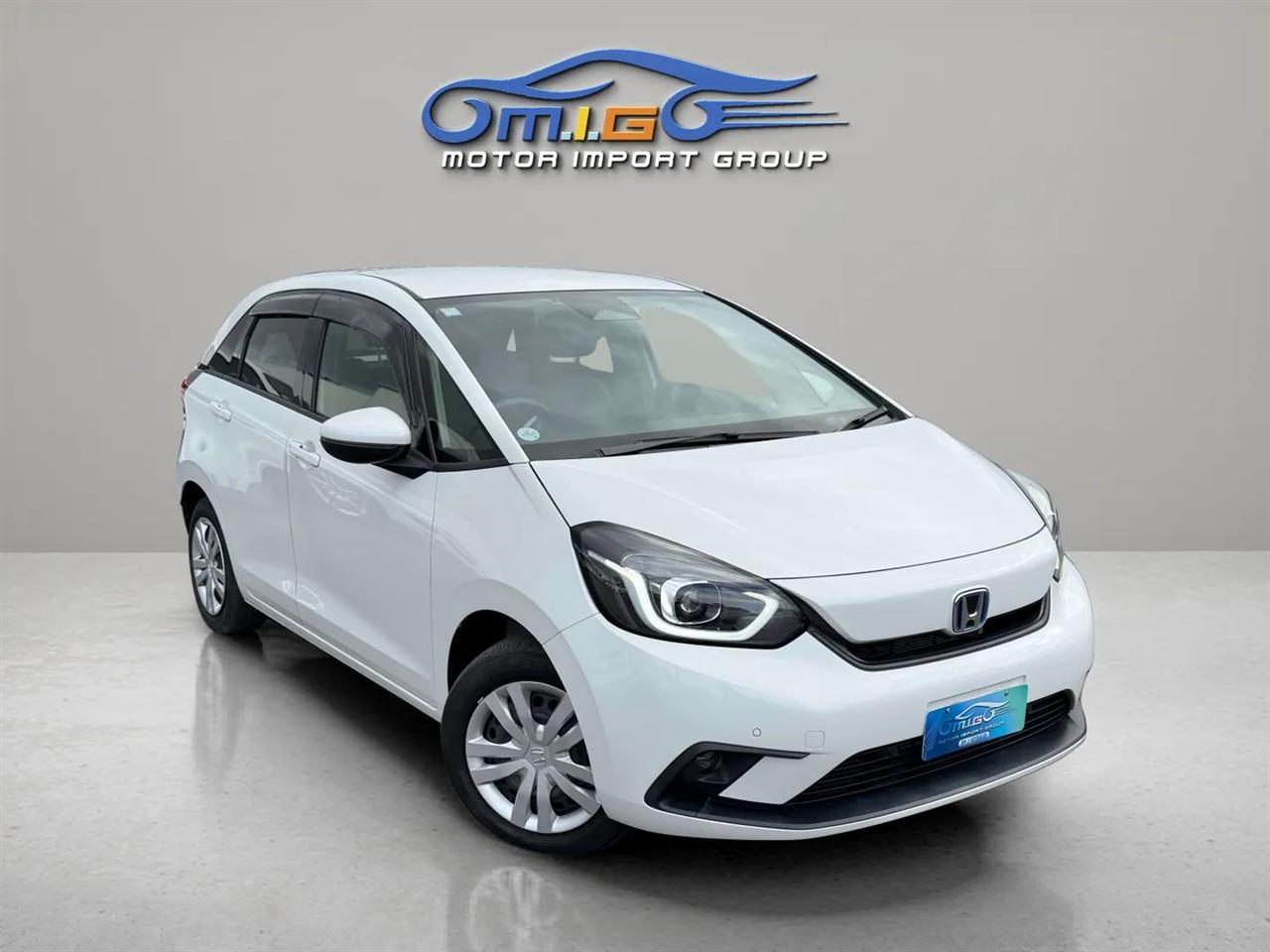
🚗 Honda Fit
-
Agile and responsive handling, ideal for narrow and winding mountain roads
-
Equipped with snow chains, it's suitable for light snow areas like Tekapo or Remarkables on clear weather days
-
Excellent for solo travelers or compact commuting
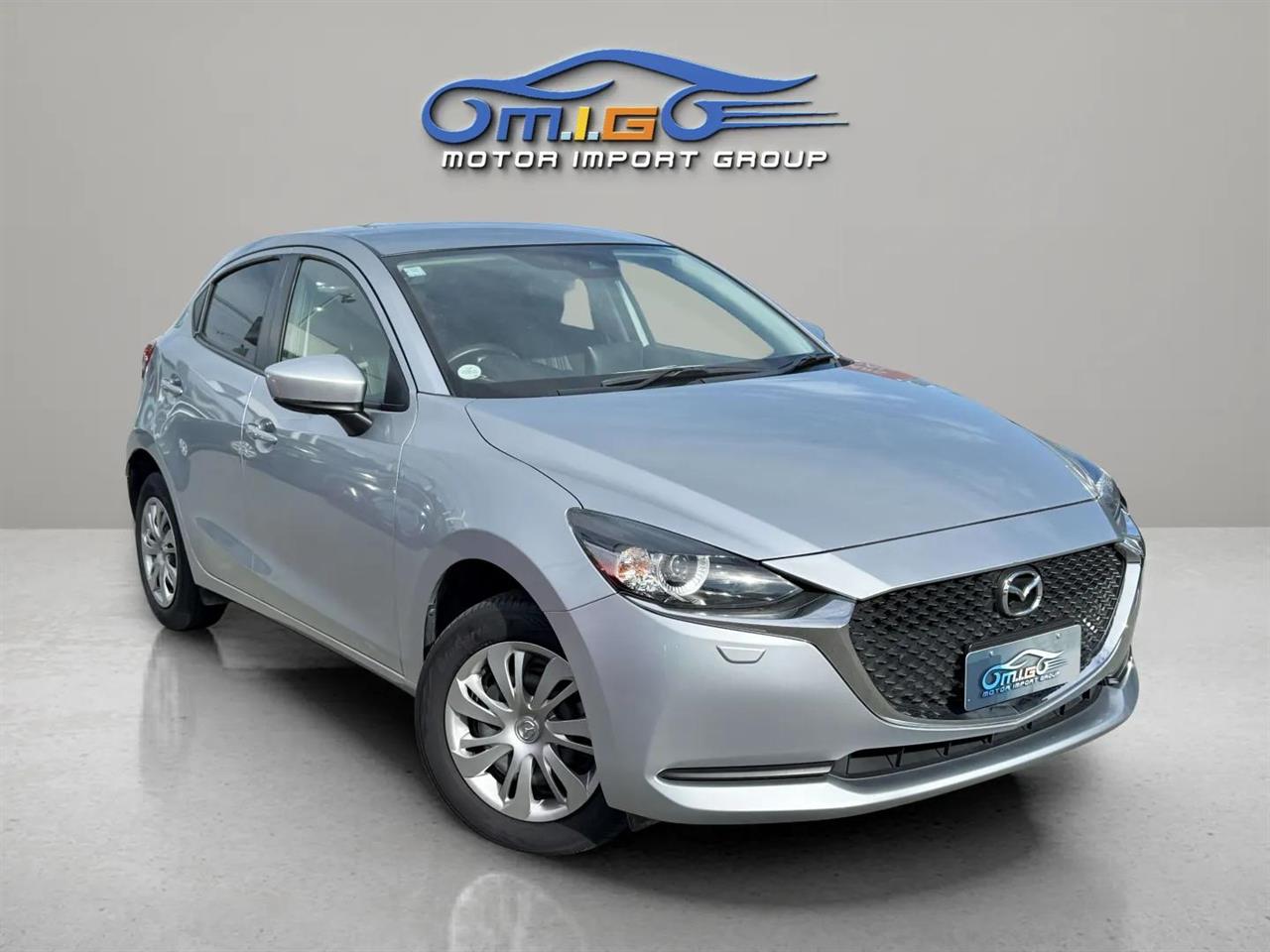
🚗 Mazda2 / Mazda Demio
-
Compact design with precise steering
-
Snow chain compatible and performs well on icy roads with shallow snow
-
Great choice for couples or light travel setups
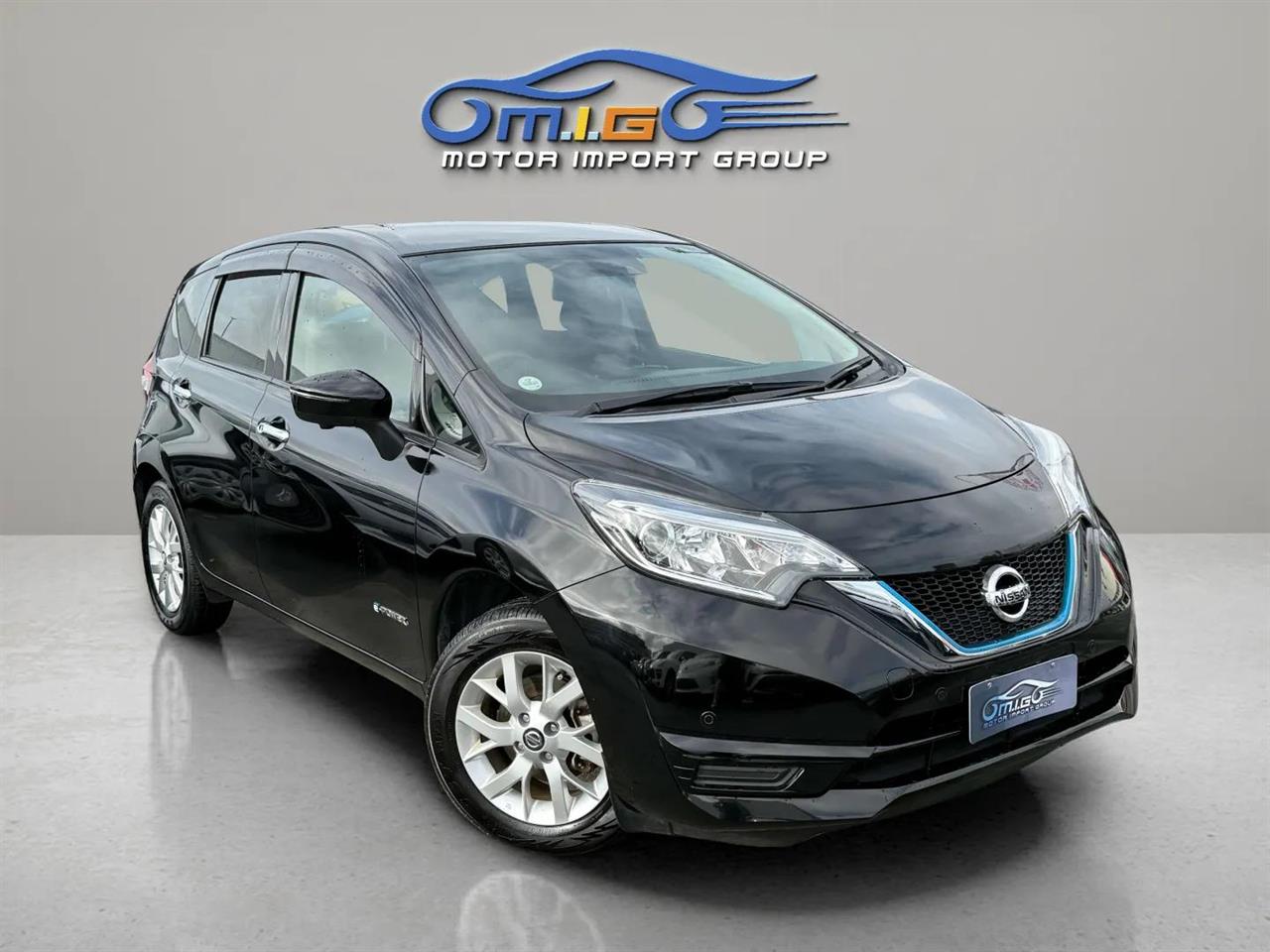
🚗 Nissan Note
-
Lightweight yet stable, with excellent cornering feel
-
Higher trims have enough wheel arch clearance for metal snow chains
-
Performs confidently on snowy access roads with moderate inclines
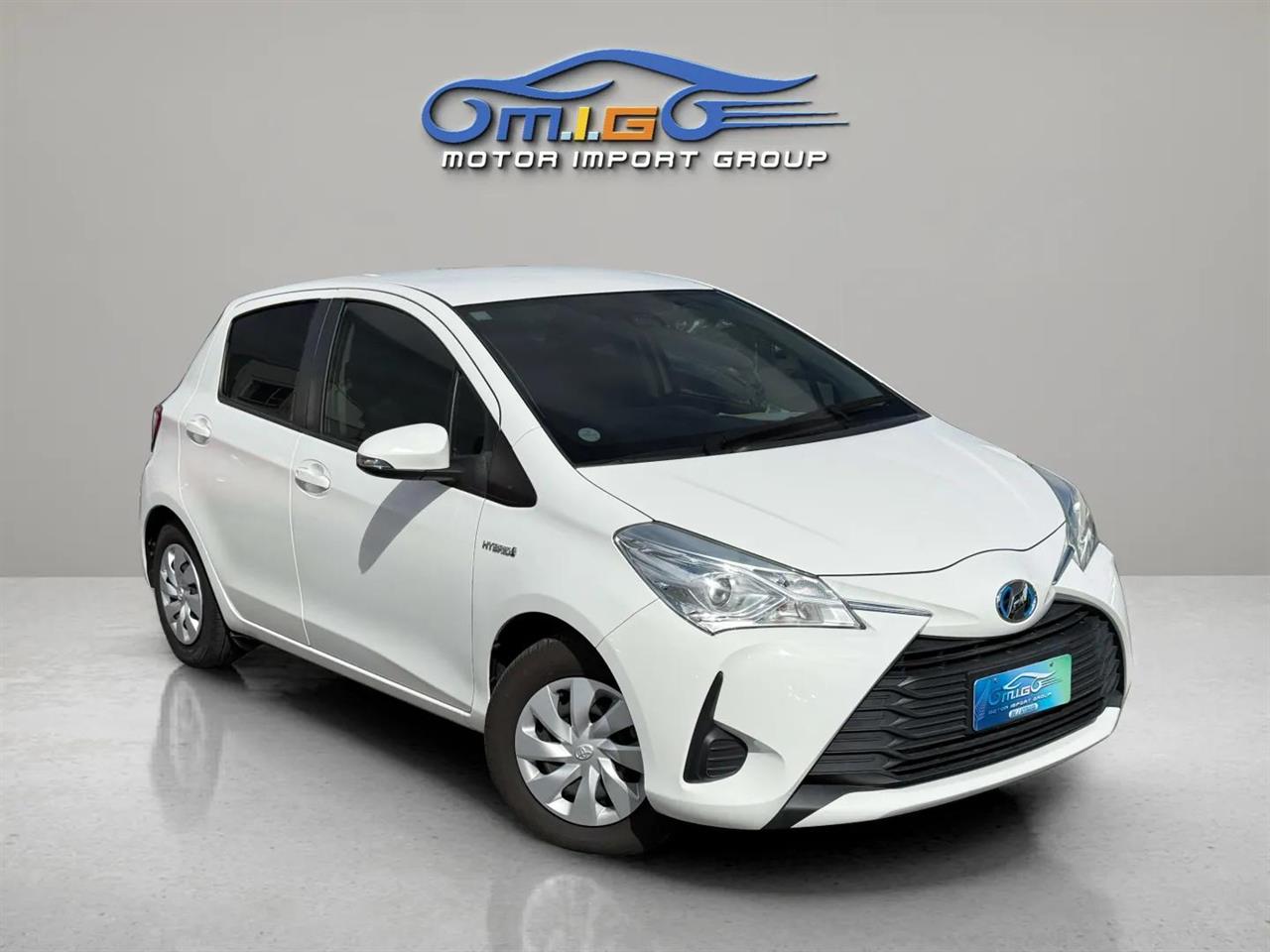
Toyota Vitz / Yaris
-
A classic city hatchback that handles surprisingly well in light winter conditions
-
When fitted with snow chains, it’s capable of dry ice or lightly snow-covered roads
-
Not suitable for deep snow, but excellent for short snow trips
